吉田流按摩
Yoshida-ryū Anma
(Yoshida School of Japanese Massage)
Introduction
I would like to introduce for the first time in English details about the Yoshida-ryū 吉田流, one of the few remaining traditions of Anma 按摩 (Japanese massage). Each school or style of Anma has its unique development and characteristics. Yoshida-ryu also has their own form of Shinkyū 鍼灸 (acupuncture and moxibustion).
I will cover the following main points:
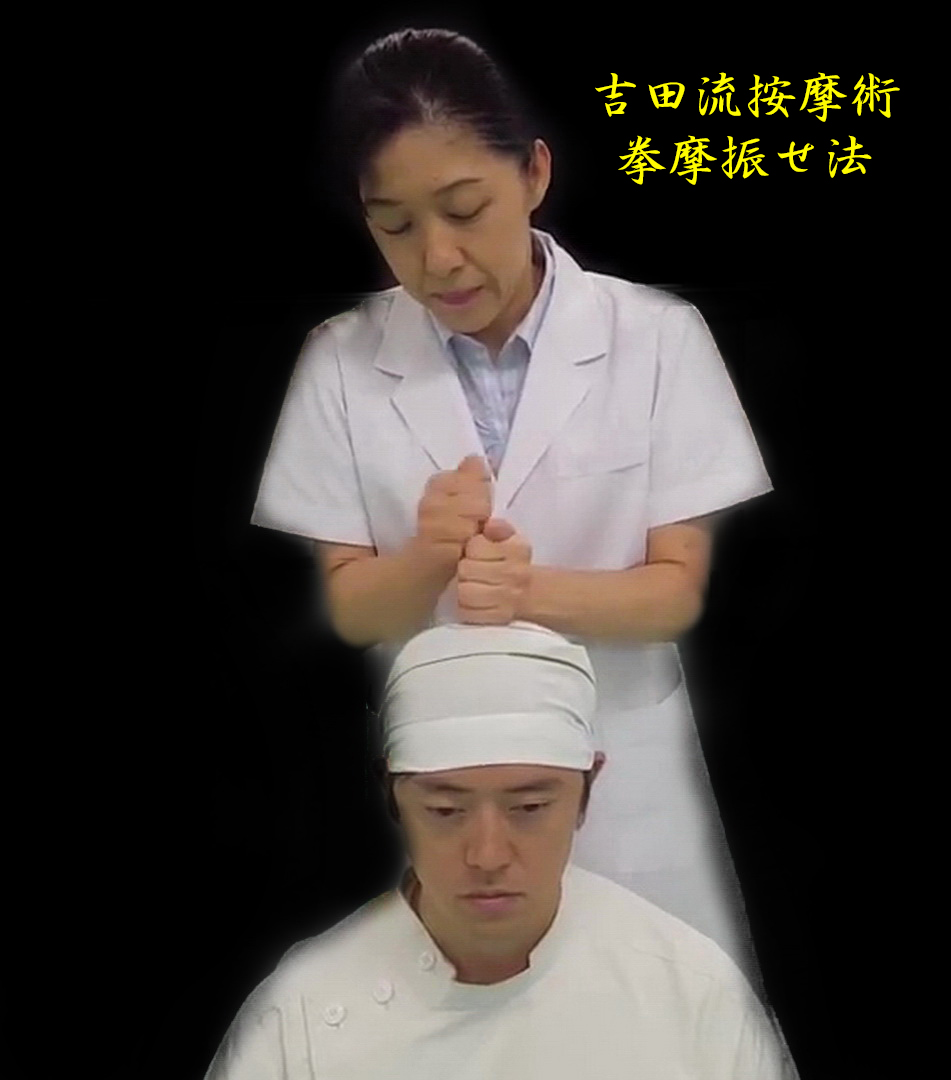
(Fist Rubbing Vibration Method)
I - Origins of Yoshida-ryu Anma
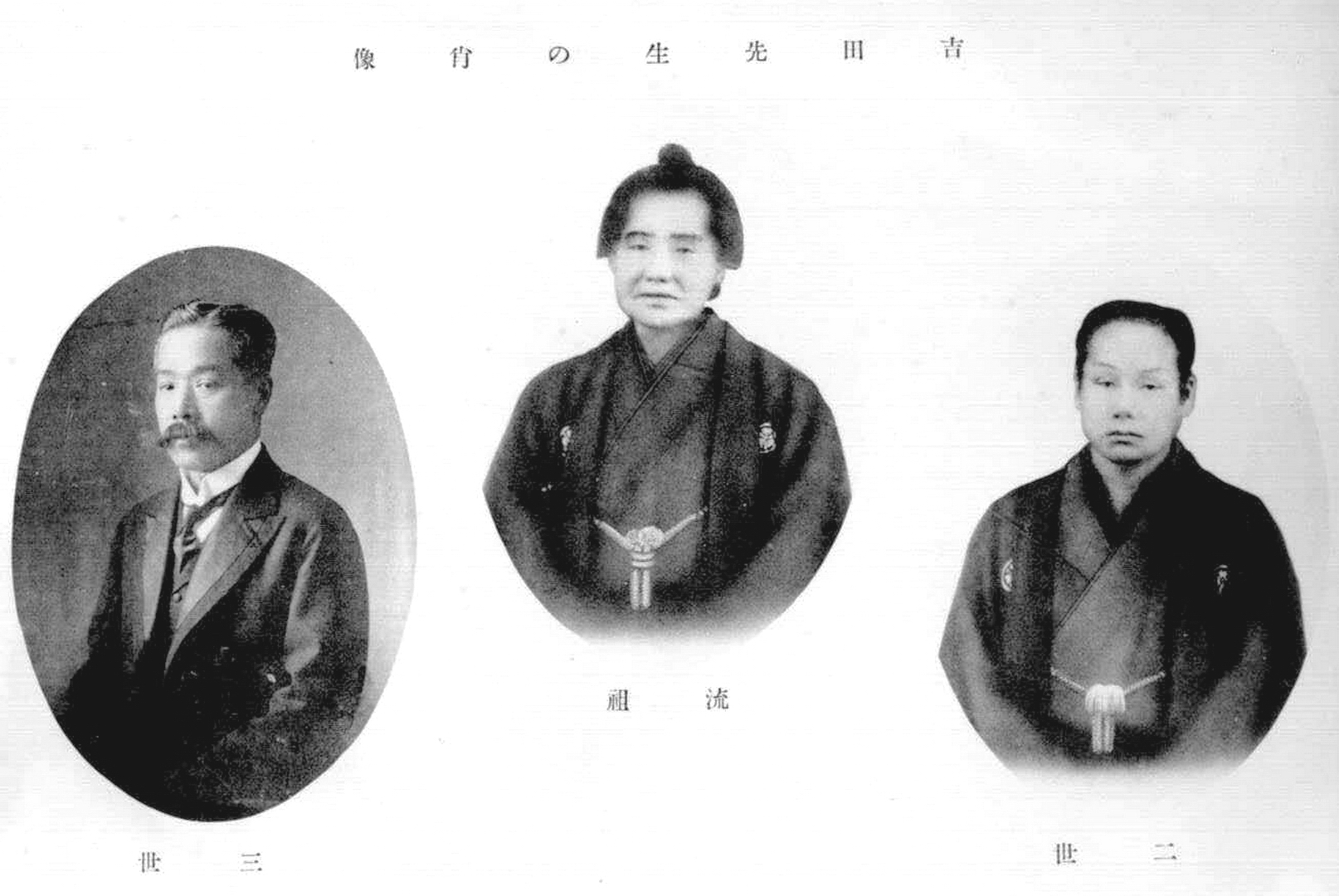
FIRST GENERATION
Yoshida Kuan 吉田久庵 the Ryūso 流祖 (founder) of Yoshida-ryū Anma 吉田流按摩 was born in a farmhouse in Kita-Saitama-gun in 1803. He died in 1856. He moved to Nagasaki where he became impressed by the elaborateness of Ran-Ijutsu 蘭医術 (Dutch Medicine) after studying under a doctor in his hometown. He returning to Edo for training in Shinkyū 鍼灸 (acupuncture / moxibustion), and Do-in 導引 (Taoist body and mind unity exercises). Note: Anma is a part of Do-in. In 1832, he began to give Sejutsu 施術 (treatments) and gained fame during the formation of the city of Monzen. Yoshida-ryu Anma became extremely prosperous during this time.
Yoshida-ryu Anma is performed by sighted people (Seigan-sha 晴眼者) and continued to grow in popularity during the turbulent times from the Meiji era to the Showa era through three generations of Yoshida brothers. This is in contrast to the Sugiyama-ryu 杉山流 style of Anma, which originated from Sugiyama Waichi 杉山和一, who was famous as a Mōjin no Shinkyū-shi 盲人の鍼灸師 (blind acupuncturist).
SECOND GENERATION
In the second generation, the current head of the school worked to train his disciples, and the prosperity of Yoshida-ryu Anma was extremely high during this period. However, due to the excessive number of Anma massage therapists being produced, competition such as poaching patients by fellow students happened very often. The over production of graduates caused harmful effects such as becoming violent towards one another. Therefore, the second generation head of Yoshida-ryu established rules for mutual aid, such as not opening a business at a certain distance from one another.
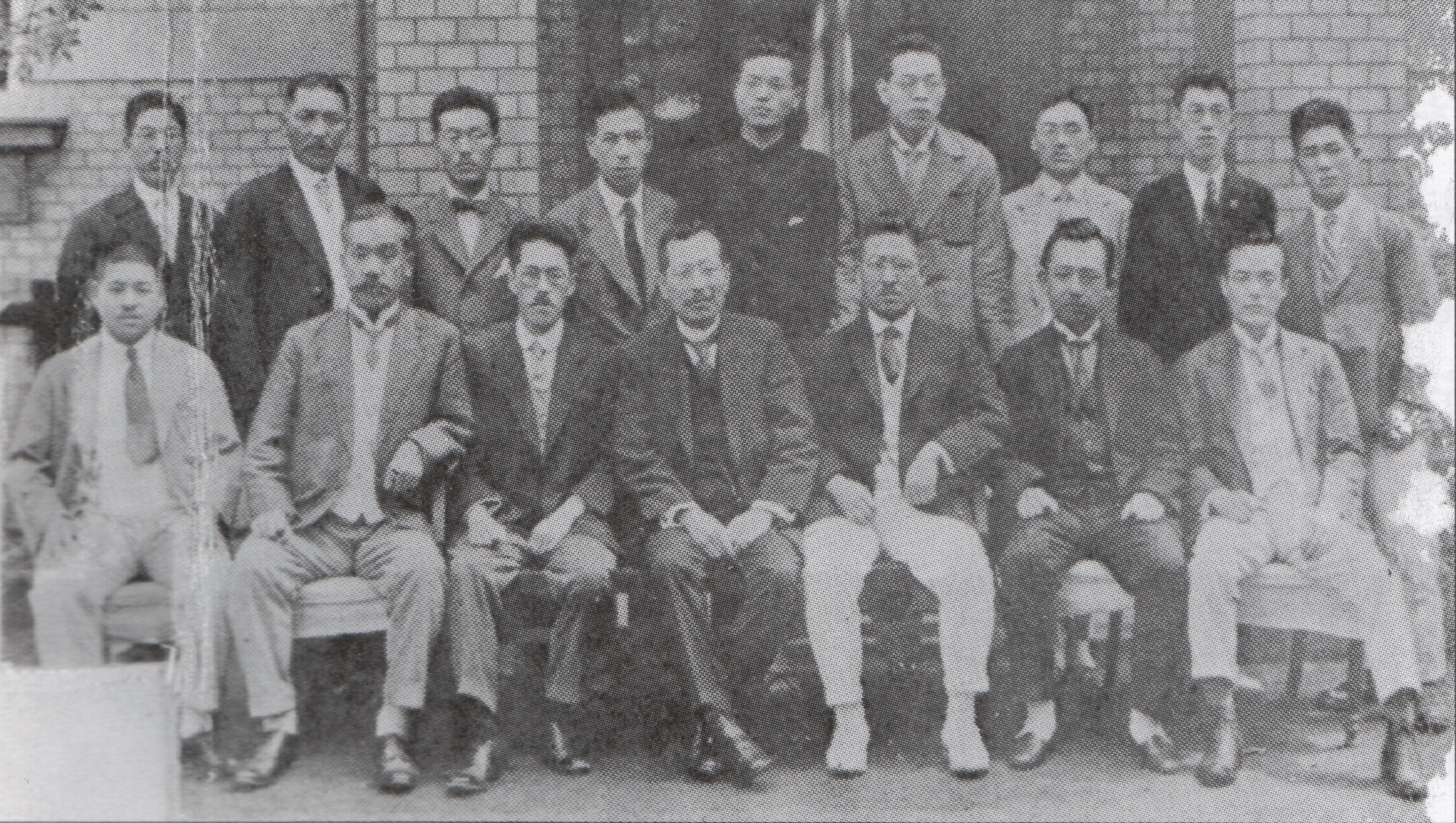
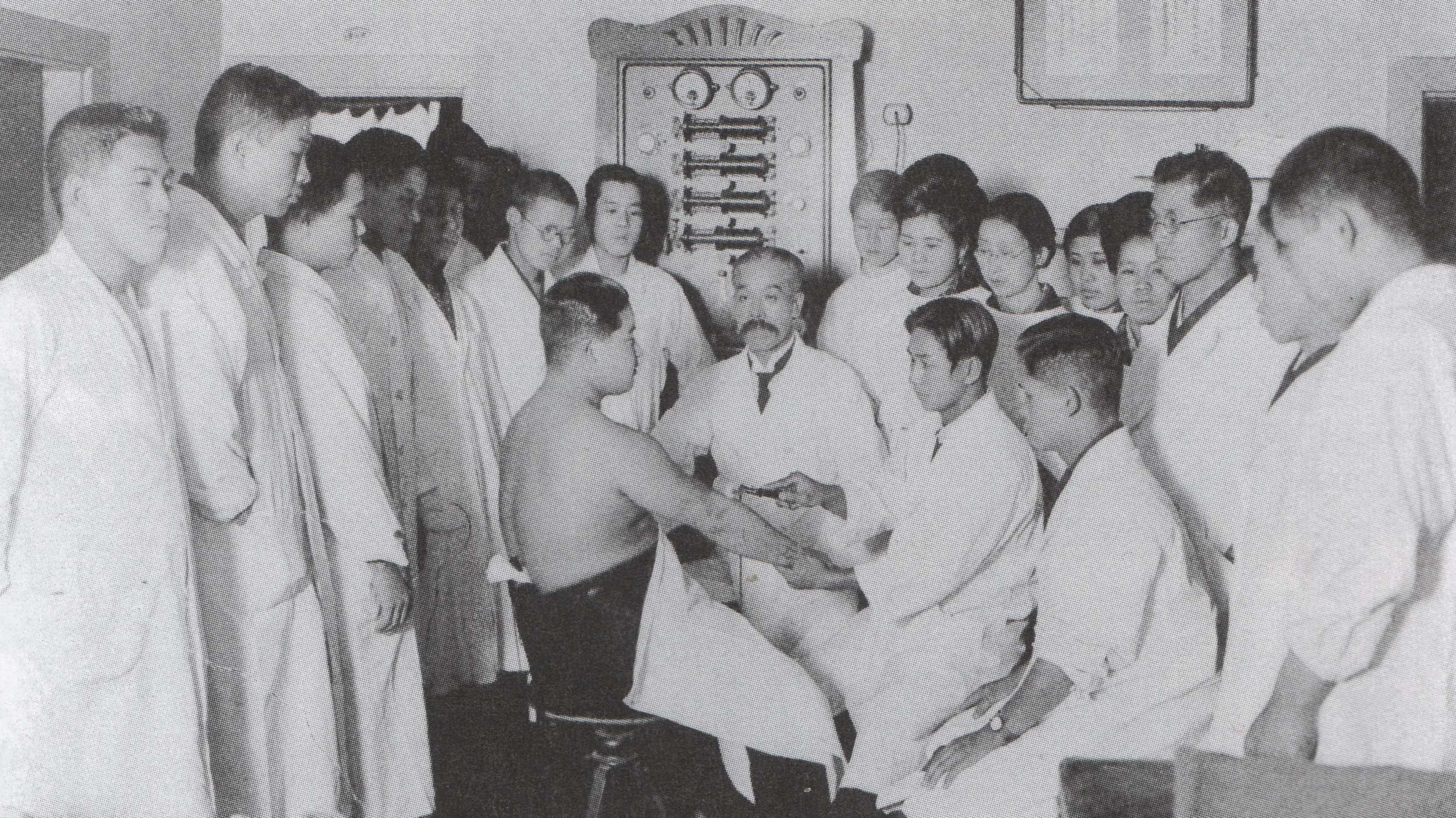
THIRD GENERATION
In the third generation of the art’s development, the second son of the three brothers who was born in 1879 attended the Tokyo Jikei University School of Medicine 東京慈恵医科大学 in. However, due to his father’s sudden death, he abandoned his career in 1896 as a doctor and worked hard to popularize and spread Yoshida-ryu Anma.
In addition, this son was commissioned by the Igakubu Butsuri-teki Ryōhō 医学部物理的療法 (Institute of Physical Therapy) at the Teikoku Daigaku 帝国大学 (Imperial University), currently called the Tōkyō Daigaku 東京大学 (University of Tokyo), where he studied both clinical medicine and research. In 1946, Yoshida III passed away at 68 years old in Tochigi City.
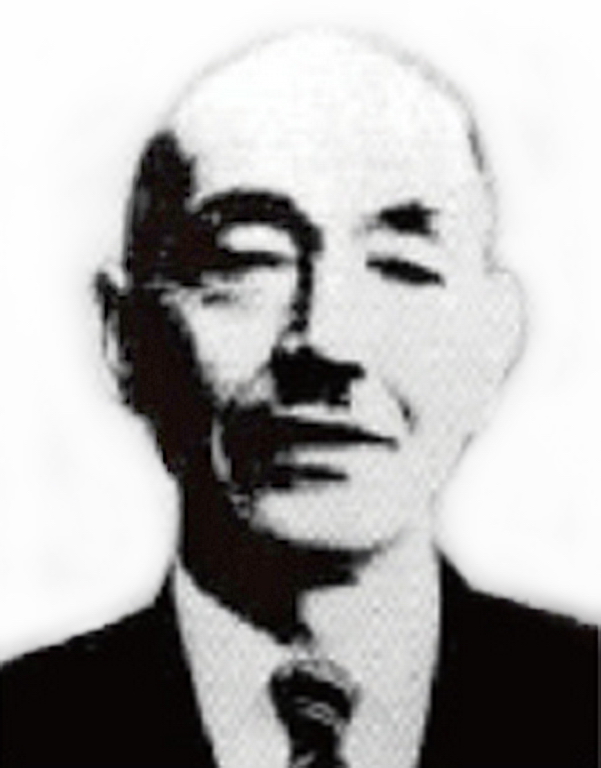
Hirakawa Sosaku 平川荘作
Hirakawa Sosaku 平川荘作, one of the third generation’s students, in 1950 founded the Tōkyō Iryō Fukushi Senmon Gakkō 東京医療福祉専門学校 (Tokyo Medical Welfare College) located in Hatchobori, Chuo-kuin to train future generations. This is currently the only public institute where you can learn Yoshida-ryu Anmajutsu and the family’s style of Shinkyū 鍼灸 (acupuncture and moxibustion).
Hirakawa Nobuyo
One of the last old school teachers is Hirakawa Nobuyo. She has 50 years of clinical experience, and all the unique techniques of the school.
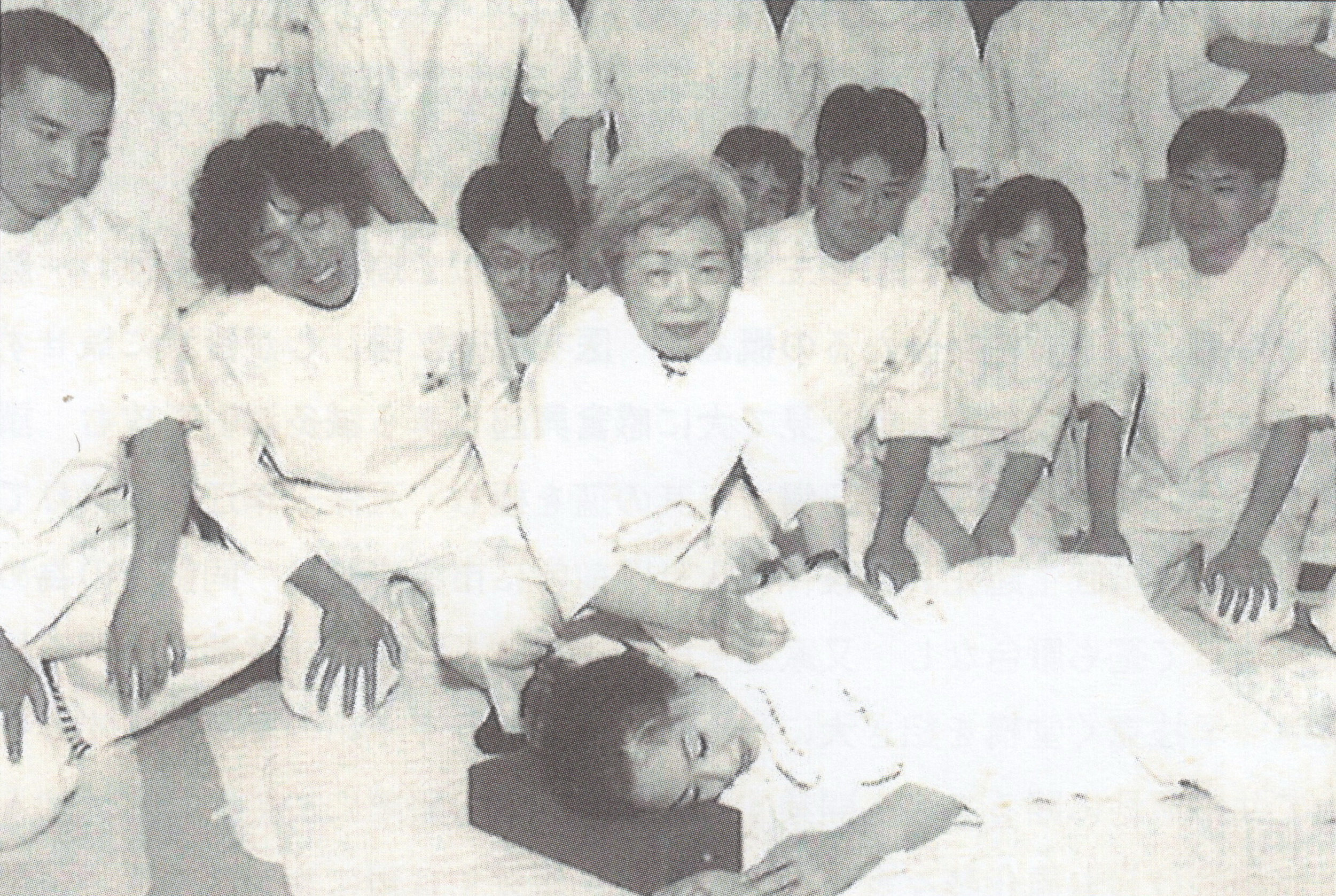
II - Characteristic Techniques of Yoshida-ryu Anma
"Playing the Muscle Fibers Like a Stringed Instrument"
Yoshida-ryu Anma’s main technique characteristic is playing or plucking the Kinseni 筋線維 (Muscle Fibers) of the body like playing a Gengakki 弦楽器 (Stringed Instrument).
Senjōmomi 線状揉み (Linear Massage) is the term for this unique way of massaging across the muscle fibers. The pads of the thumbs Boshi 母指 and the elbows Hiji 肘 are primarily used to apply this technique. Also Yoko Hiji (forearm), Chuto (tip of the elbow), Shishi (four fingers), and Shukon (heel of the palm) are often employed during a treatment session to work across the muscle fibers.
Sōsa-Hō (Handling / Manipulation Methods)
Yoshida-ryu Anmajutsu 吉田流按摩術 contains all the classical 9 categories of Sōsa-Hō (handling/manipulation methods) such as:
- Appaku-Hō 圧迫法 (pressure and compression methods)
- Shinsen Hō 振せ法 (vibration methods)
- Keisatsu Hō 軽擦法 also called: Anbu Hō 按撫法 (light stroking methods)
- Jūnetsu Hō 揉捏法 (kneading methods done vertically, horizontally, and in a circular motion)
- Kōda Hō (percussion methods)
- Kyokute Hō 曲手法 (melodious bending hand percussion techniques of which there are over 300 forms)
- Undō Hō (movement, stretching, and rehabilitation methods of which there are a number of sub-categories.)
These are all applied in seated, prone, supine, and side positions with a patient.
- Boshi Jūnetsu Hō 母指揉捏法 A specialty of the school is a focus on one of the most ancient techniques called: Boshi Jūnetsu Hō 母指揉捏法 (thumb kneading method). This will be discusses in further detail in the next section. This is often also called Boshi Junen Hō by other schools of Anma.
- Senjō Momi 線状揉み (Linear Kneading) utilizing the pads of the thumbs, elbows, tips of the elbows, forearms, four fingers, and heel of the palm are used.
- Yoko Hijimomi 横肘揉み also called Yoko Chūatsu Sappō 横肘揉み横肘圧擦法 is utilizing the ulna side of the forearm to apply the school’s methods of muscle fiber kneading.
- Hiji Appaku Hō 肘圧迫法 (elbow pressure methods) combined with Hiji Shinsen Hō 肘振せん法 (elbow vibration methods).
- Kyōsatsu Hō 強擦法 (heavy stroking methods) Utilizing the elbow, elbow tip, and forearm to apply heavier pressure to the muscle fibers during procedures of linear massage (Senjomomi) combined with forms of Shinsen (vibration).
- Ashi Ryoku 足力 (foot power) The foot and leg’s force is a method of kneading by gently stepping on the posterior surface of the thigh, which is effective for recovery from fatigue after exercise.
III. Essential Points of Boshi Jūnetsu Hō 母指揉捏法
(Thumb Kneading Method)
The essential points of Boshi Jūnetsu Hō 母指揉捏法 (thumb kneading methods) in Yoshida-ryu Anma are as follows:
- Play the muscle fibers in one direction several times (4 beats/times is the standard) while applying appropriate pressure by bringing the pad of the thumb or the tip of the thumb into close contact with the muscles at the treatment site, and do not play the muscle fiber in both directions.
- 4 beats are: 1 beat to open the Tsubo, 2 beats to treat the site, and the 4th beat to close the Tsubo. The entire body can be made to hum with a 4 beat rhythm. This is a Gokui (secret) of Koho Anma (old way of Anma).
- The rhythm of the 4 beats is very important to maintain a steady beat from the 1st to the 4th. The amount of stimulation can be adjusted from weak stimulation to strong stimulation but the rhythm is maintained.
- Centrifugal advance while changing the position of the thumb with respect to one muscle.
- Boshi Jūnetsu Hō is used for most parts of the body and is an important technique that forms the basis of Yoshida-ryu Anma.
Boshi Jūnetsu no Renshū Hōhō 母指揉捏の練習方法
Video detailing a traditional way to practice the basic thumb pressure and kneading method of Boshi Jūnetsu Hō 母指揉捏法 using a rolled up towel.
Reference Materials
Yoshida-ryu Anma Book and DVD
Book and DVD video introducing the Yoshida-ryu style of Anma, which was founded by Kuan Yoshida in the Edo period.
The Yoshida-ryu Anma is one of Japan’s leading Anma schools along with the Sugiyama-ryu, but unfortunately few clinicians can hand down all of the methods. One of the last old school teachers, Nobuyo Hirakawa, has 50 years of clinical experience, and all the unique techniques of the school.
